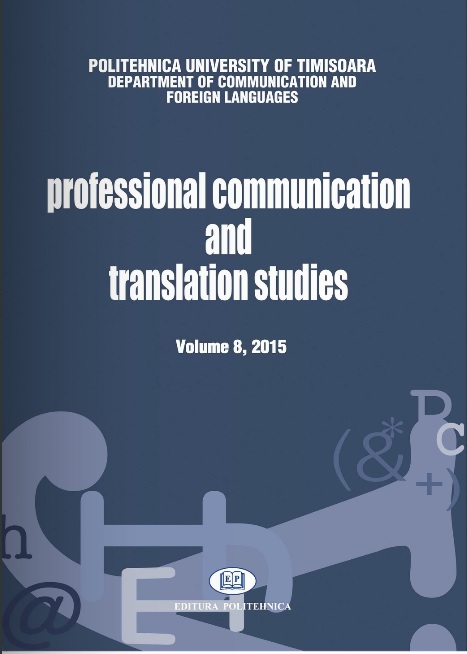GESCHICHTE DURCH GESCHICHTEN. FILM IN DER DIACHRONEN KULTURKUNDE
HISTORY BY STORIES. CLASSROOM USE OF FEATURE FILMS IN DIACHRONIC CULTURAL STUDIES
Author(s): Dieter Hermann SchmitzSubject(s): Language and Literature Studies
Published by: Editura Politehnica
Keywords: didactics of translation, cultural competence, classroom use of films, diachronic Cultural Studies
Summary/Abstract: Achieving cultural competence should be a key component in all university training for translators and interpreters. Usually, knowledge about foreign cultures is taught in specific culture courses, whose aim is to deal with cross-cultural communication. This is achieved by creating a core framework of values, behaviour patterns and personal experiences of the foreign (language) region in question (in my case: German and Germany for Finnish students of Translation Studies). Getting to know everyday life and the current orientations of a cultural area necessitates studying its history and maintaining a diachronic point of view. Although it bears some undisputable disadvantages, I plea for a well-dosed use of feature films based upon historical topics to awaken young students’ interest and to teach history through stories. However, films should be accompanied by other sources of knowledge and embedded into educational tasks, in any case they should never be misunderstood as reflections of reality. Instead, films should be seen as pieces of art displaying a certain point of view and inherent orientation patterns for interpretation. By providing a basic knowledge of film analysis, students should learn to uncover mechanisms of film reception. Ultimately, they should learn that history itself is a construction of set stories. In my paper I discuss the advantages and disadvantages in the use of films in teaching and present an approved model of teaching.
Journal: Professional Communication and Translation Studies
- Issue Year: 2015
- Issue No: 8
- Page Range: 149-158
- Page Count: 10
- Language: German

